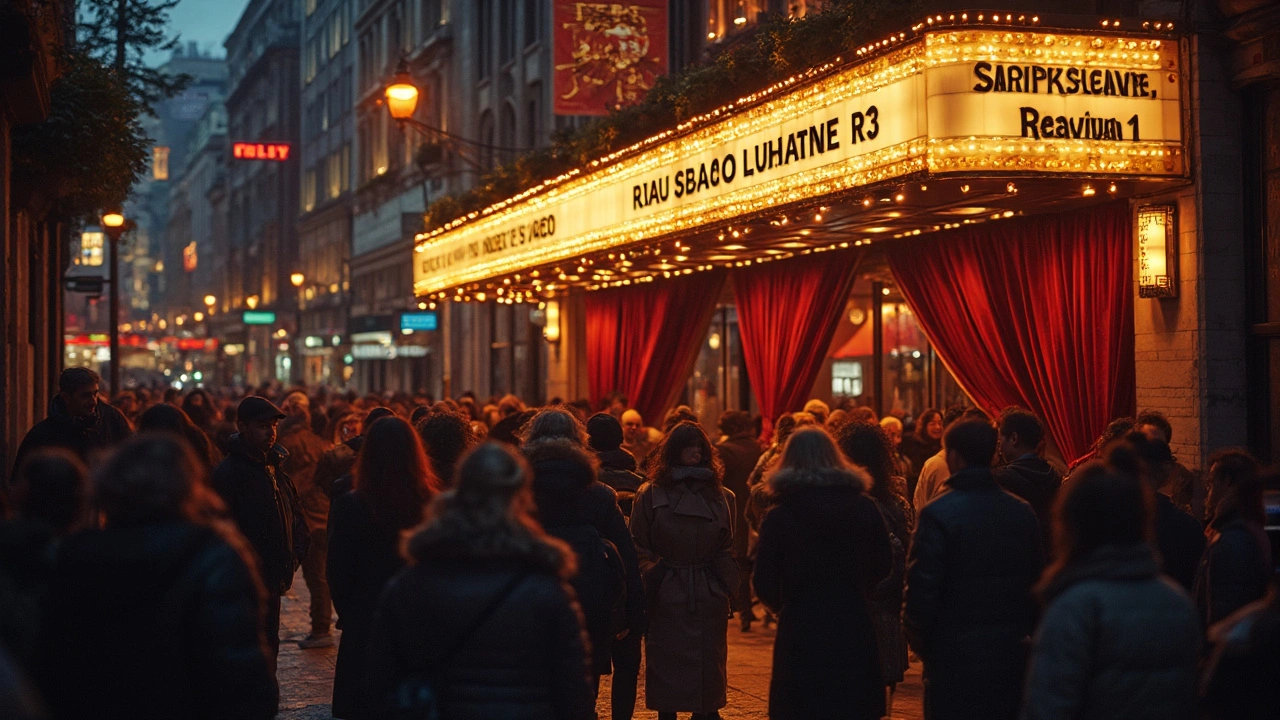Modern theatres are buzzing with a fresh energy as they bring classic plays back to life. Audiences seem hungry for big-name revivals, with recent productions breaking ticket records and sparking new debates. This article breaks down why old stories still hit home, what it takes to put on a successful revival, and how both fans and newcomers can get the most out of these shows. We'll look at why directors love reimagining Shakespeare and how the digital age makes theatre more accessible than ever. Plus, some practical tips for catching the best revivals before they sell out.
Theatre Architecture: How Design Shapes the Show
Some theatres are built to be stage machines, others to be monuments. Either way, the building tells a story before the curtain rises. If you love performance spaces, this page shows how different architectural styles shape theatres—from marble-laced Beaux-Arts playhouses to glass-and-steel high-tech venues.
Why care about style? Because the architecture affects everything: sightlines, acoustics, backstage flow, and the audience’s mood. A Georgian or Greek Revival façade signals formality and tradition; a Neo-Futurist shell promises experiment and tech. Spotting those clues helps you read a theatre like a map.
Spotting styles in theatres
Look at the exterior first. Beaux-Arts and Baroque theatres often have grand columns, sculpted ornament, and wide entrance stairs. Colonial and Georgian buildings show symmetry and restrained detail. High-Tech and Neo-Futurist venues favor visible structure, exposed steel, and bold geometry. Inside, Renaissance and Classical influences bring domes, arches, and balanced proportions that support natural acoustics.
Materials tell you about era and function. Heavy masonry and plaster suggest older construction with long reverberation times—great for unamplified voices and orchestras. Modern theatres use layered panels, absorbent surfaces, and adjustable acoustic systems to make sound clear at any volume.
Practical tips for visiting or restoring a theatre
If you visit, check sightlines from the cheap seats. A true proscenium theatre keeps a clear view even from the back; thrust and arena stages change where the best views are. If you’re involved in restoration or reuse, prioritize structural safety, modern HVAC, and discreet wiring before cosmetic work. Upgrading backstage flow and load-bearing floors matters more for long-term use than perfecting decorative plaster right away.
Adaptive reuse is common: old constructivist or Beaux-Arts buildings often become cinemas, community venues, or mixed-use spaces. Keep original circulation paths—lobbies, staircases, and stage access—so the building still reads as a theatre even after changes. When modern systems are added, hide ducts and cables in secondary spaces; visible tech should look intentional, not bolted on.
Small design moves make big differences. Angled panels or orchestra shells improve clarity without losing historic character. Retractable seating adds flexibility for different performances. Even simple lighting control upgrades can transform a tired house into a venue that attracts touring shows.
Want quick rules to tell a theatre's story at a glance? Check the façade for era clues, feel the lobby for intended drama (quiet and refined vs. ornate and showy), test acoustic warmth with a short clap, and look backstage: modern rigs and fly systems mean the theatre was built or updated for current productions.
On this tag page you'll find articles on Beaux-Arts, Renaissance, Greek Revival, High-Tech, Neo-Futurism, and more—each piece explains how those styles influence performance spaces. Read a few, and next time you sit in the dark you’ll know why that house looks and sounds the way it does.

